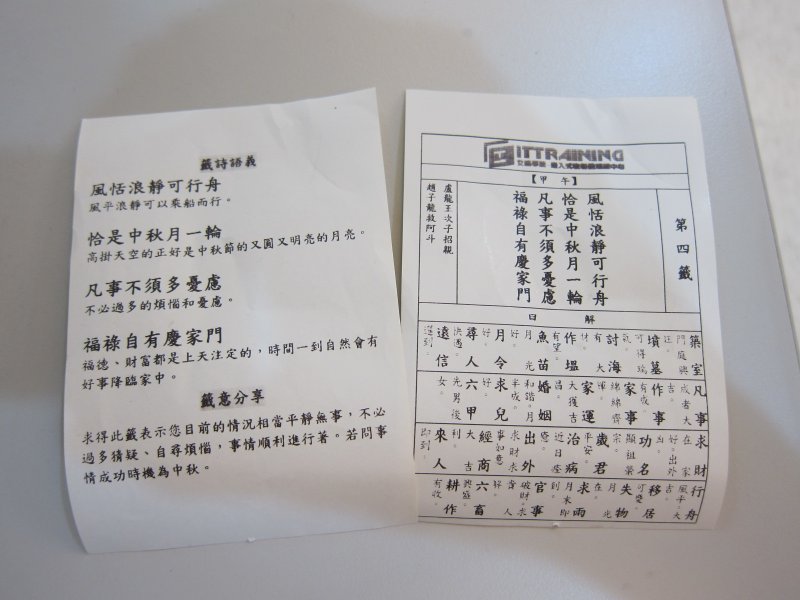
1.)PIC與ARM板子中間走的RF CC2500的資料格式為何? (要先想一下你要做什麼,才能決定protocol)
2.)Study發票機如何控制? 可以先找找看關於 Linux LPR
3.) Linux 讀取 RFID 的tag及進行資料庫籤詩找尋. 顯示於LCD面板上
4.) Linux SPI Driver for RF CC2500
5.)籤詩繁體中文列卬
參考資料:
[1] http://www.imacat.idv.tw/tech/lnxprint.html.zh-tw
[2] http://doc.linuxpk.com/5068.html
What is Ghostscript ?
Ghostscript is a program that accepts PostScript and PDF files as input then converts them into several other formats. Ghostscript includes a number of drivers to achieve this. These are sometimes also referred to as devices.
Ghostscript converts files in two steps:
PostScript data is rasterized — the graphical image is broken into a fine-grained raster of pixel dots. This step is performed independently from the Ghostscript driver used later. The finer the raster (the higher the resolution), the higher the output quality. On the other hand, doubling the resolution both horizontally and vertically (for example) means that the number of pixels must quadruple. Accordingly, the computer needs four times the CPU time and amount of memory to double the resolution.
The dot matrix that makes up the image is converted into the desired format (a printer language, for example) with the help of a Ghostscript driver.
Ghostscript can also process PostScript files to display them on screen or convert them into PDF documents. To display PostScript files on screen, you should probably use the program gv (rather than relying on bare Ghostscript commands), which gives a more convenient graphical interface.
What is PostScript ?
PostScript is a programming language optimized for printing graphics and text (whether on paper, film, or CRT is immaterial). In the jargon of the day, it is a page description language. It was introduced by Adobe in 1985 and first (to my knowledge) appeared in the Apple LaserWriter. The main purpose of PostScript was to provide a convenient language in which to describe images in a device independent manner. This device independence means that the image is described without reference to any specific device features (e.g. printer resolution) so that the same description could be used on any PostScript printer (say, a LaserWriter or a Linotron) without modification. In practice, some PostScript files do make assumptions about the target device (such as its resolution or the number of paper trays it has), but this is bad practice and limits portability.


